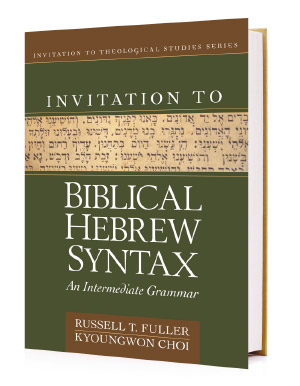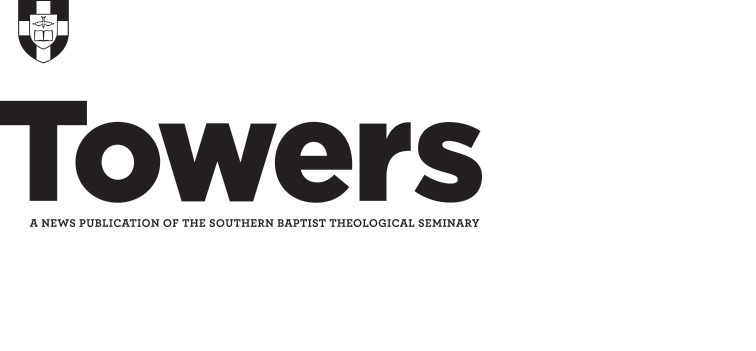Invitation to Biblical Hebrew: An Intermediate Grammar by Russell T. Fuller (Kregel Publications 2017, $64.99)
Regardless of the method you choose, learning Biblical Hebrew is hard. A massive amount of memorization, diligence, and patience are required to learn it well, and the student is exposed to a extremely foreign language system. While Greek has letters that look quite a bit like our English ones, Hebrew letters are completely different, often look similar to each other, and must be read “backwards.” The two required semesters of Hebrew at Southern Seminary can feel grueling, and most students will probably not have that much facility with the language. Exegesis classes and further individual reading and translation are usually required before the student can start to read the Old Testament in Hebrew.
Building on his 2006 introductory textbook, Invitation to Biblical Hebrew: A Beginning Grammar, Russell T. Fuller, professor of Old Testament interpretation at Southern Seminary, provides his intermediate follow up: Invitation to Biblical Hebrew: An Intermediate Grammar. The grammar provides the syntax students need to get into the Hebrew text for themselves.
The preferred pedagogy for most Hebrew professors at SBTS, the “Fuller method” builds the student’s knowledge of Hebrew upon the twin columns of phonology and morphology, ingraining the basic concepts of the language with repeated drills and exercises. Students will spend two semesters in the textbook — the entirety of Elementary Hebrew and Hebrew Syntax and Exegesis — and translate only sentences listed at the end of each chapter. The first two semesters of the “Fuller method” are for learning the nitty-gritty details of Hebrew, and learning them cold.
Driven and accomplished students from those two courses will often move on to Fuller’s Hebrew Composition, which takes the morphology and phonology the student has learned and begins teaching the syntax that is needed to start reading the Hebrew Old Testament. Fuller’s new intermediate grammar takes much of the material from his Composition course and puts it into textbook form.
“There’s always memorization in studying a language. But if you want to cut the memorization down, then you have to really understand the phonology. So, I start with the basic rules of the language. And then from there we apply them by parsing or creating a form. Then, the final step is the syntax,” said Fuller in an interview with Towers. “It’s the way classical languages have been taught for centuries. So if you go back to look at how they teach classical Greek and classical Latin, this is how they did it: They would learn the sounds first, and the rules of the sounds, then they’d construct the forms (or the morphology), and then they’d put that layer of syntax on it through composition exercises.”
The grammar focuses on syntax, with a 200-page section devoted to teaching and examples, followed by 100 pages of compositions. In composition, students are required to construct Hebrew forms, then speak them out loud — an active way of learning. The book closes with a section on the Masoretic accents, or markings in the Hebrew text useful for interpretation.
“Composition is the traditional method for learning syntax for classical languages,” Fuller writes in the introduction. “Modern languages are learned by speaking them. Biblical Hebrew and other dead languages are learned by composing and by reciting them. Composition with recitation engages more senses than the eyes, virtually reviving the dormant language and energizing the eyes, mouth, and ears for the mind to grasp the syntax.”




